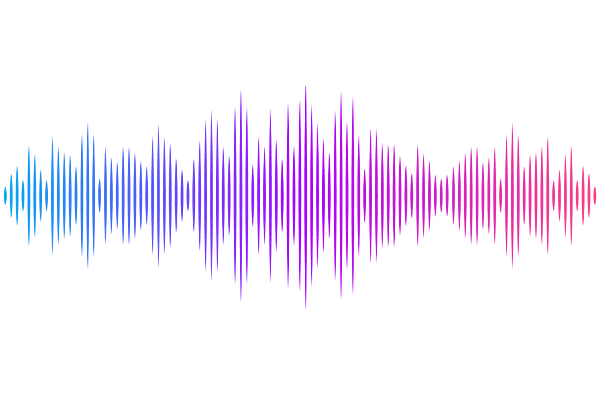The integration mechanism of the four positional cues--anterior, posterior, dorsal, and ventral--in axolotl limb regeneration

The integration mechanism of the four positional cues--anterior, posterior, dorsal, and ventral--in axolotl limb regeneration
Yamamoto, S.; Furukawa, S.; Ohashi, A.; Hamada, M.; Satoh, A.
AbstractAxolotls (Ambystoma mexicanum) exhibit a remarkable ability to regenerate limbs after amputation. Classical experiments have suggested that the integration of four positional cues--dorsal, ventral, anterior, and posterior--within a regenerating blastema is necessary for accurate limb pattern formation. However, the molecular basis underlying this integration has remained largely unknown. Here, we demonstrate that both dorsal and ventral tissues are required for limb formation via induction of Shh expression, which plays a crucial role in limb patterning. Using the accessory limb model (ALM), we induced position-specific blastemas lacking cells derived from a single orientation (anterior, posterior, dorsal, or ventral). Patterned limb formation occurred only in blastemas containing both dorsal- and ventral-derived cells. We further observed that Shh expression requires dorsoventral contact within a blastema, highlighting the necessity of dorsoventral contact for inducing Shh expression. Additionally, we identified molecules mediating dorsoventral-dependent Shh expression: WNT10B as the dorsal factor and FGF2 as the ventral factor. Our findings clarify the role of dorsal and ventral positional cues in inducing Shh, a mechanism that has rarely been studied in the context of limb regeneration and pattern formation. This model provides new insights into how interpositional interactions are integrated to drive the regeneration process.